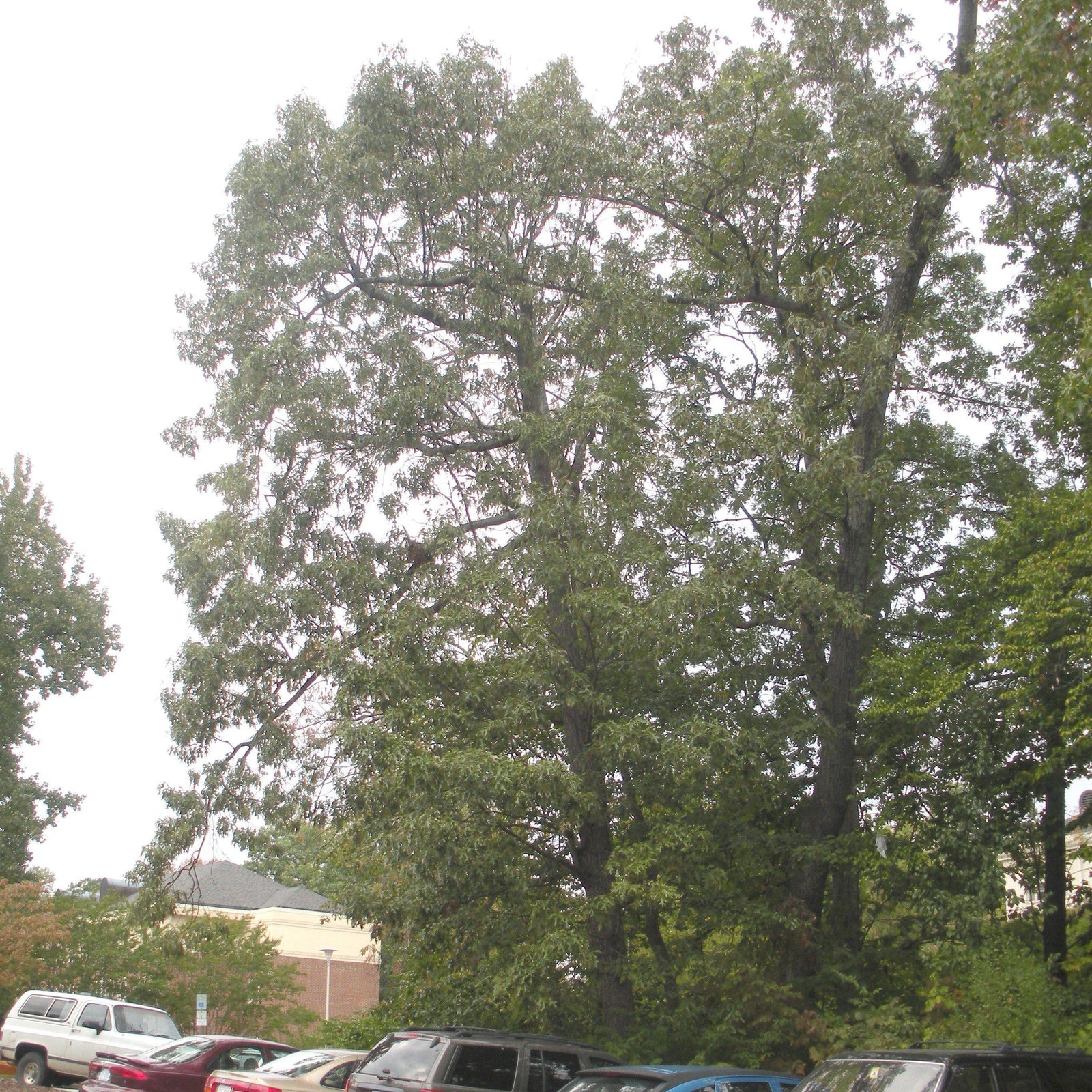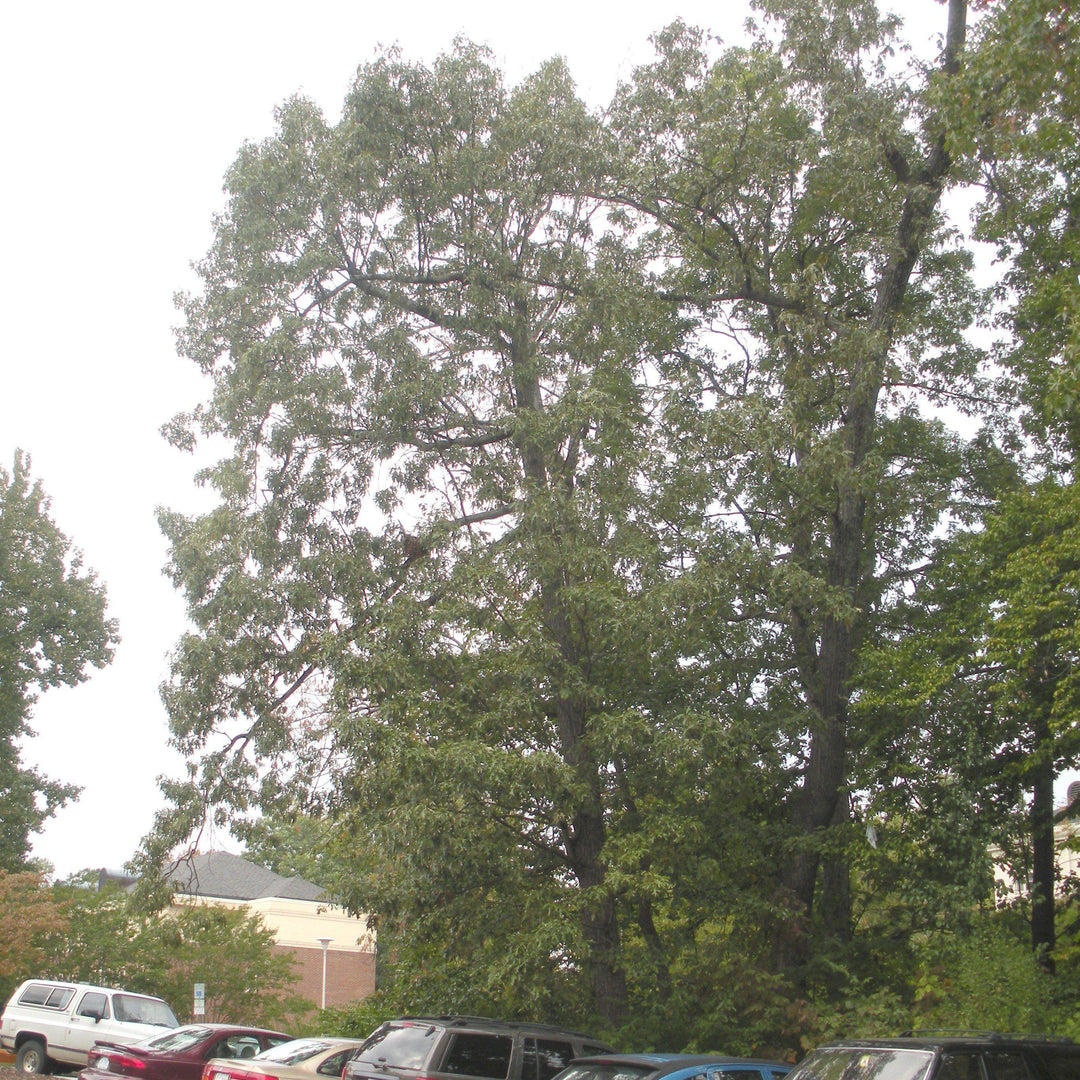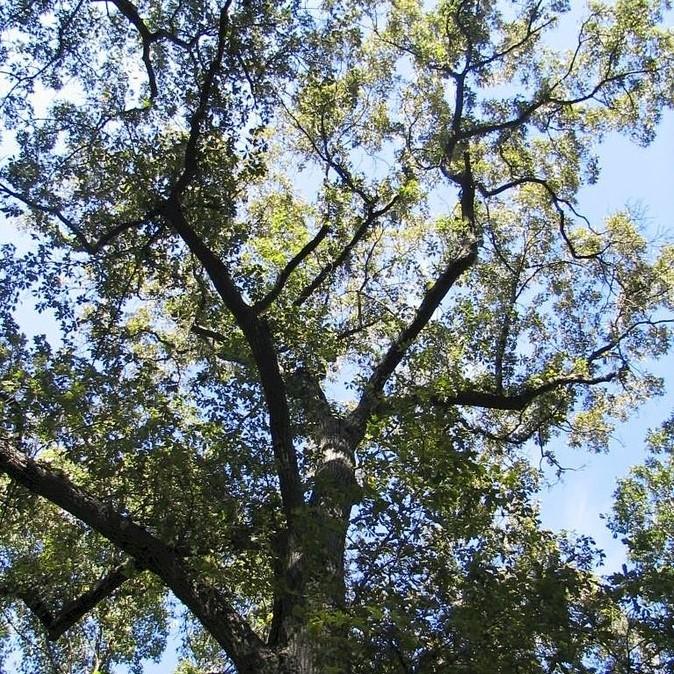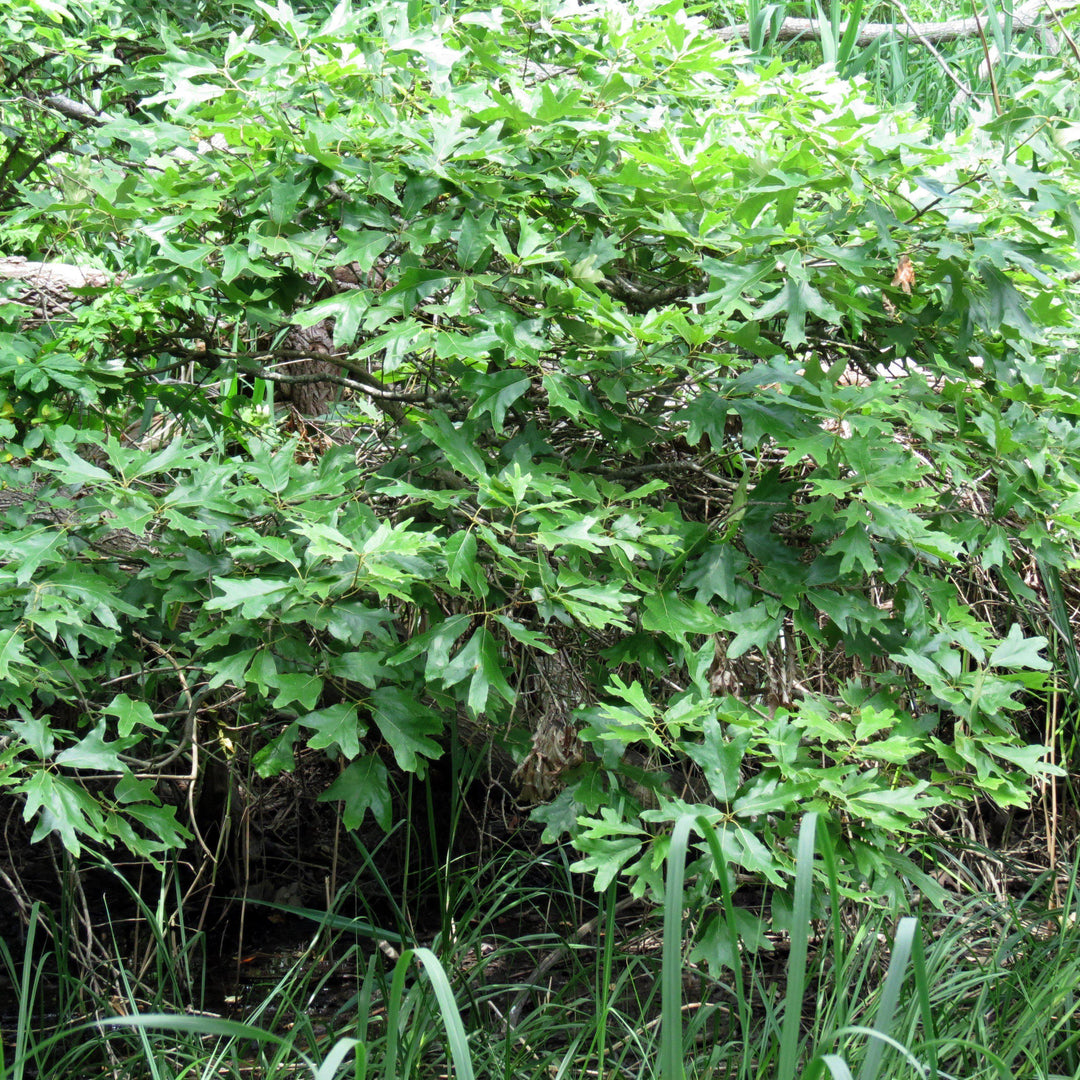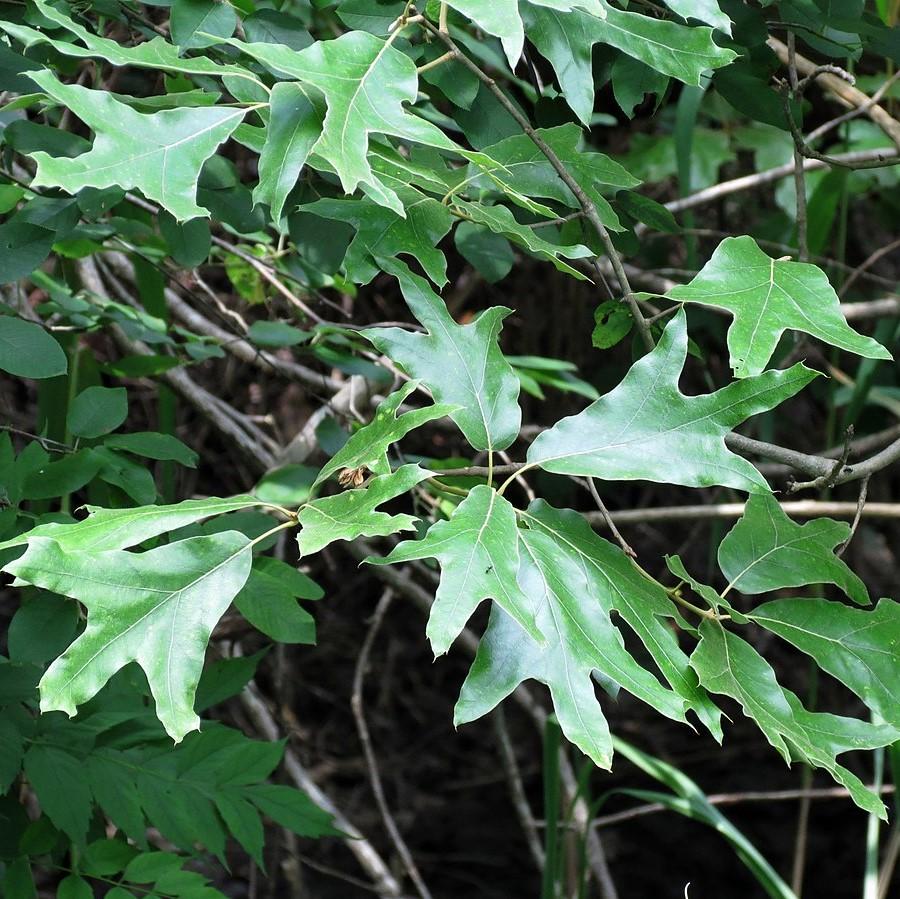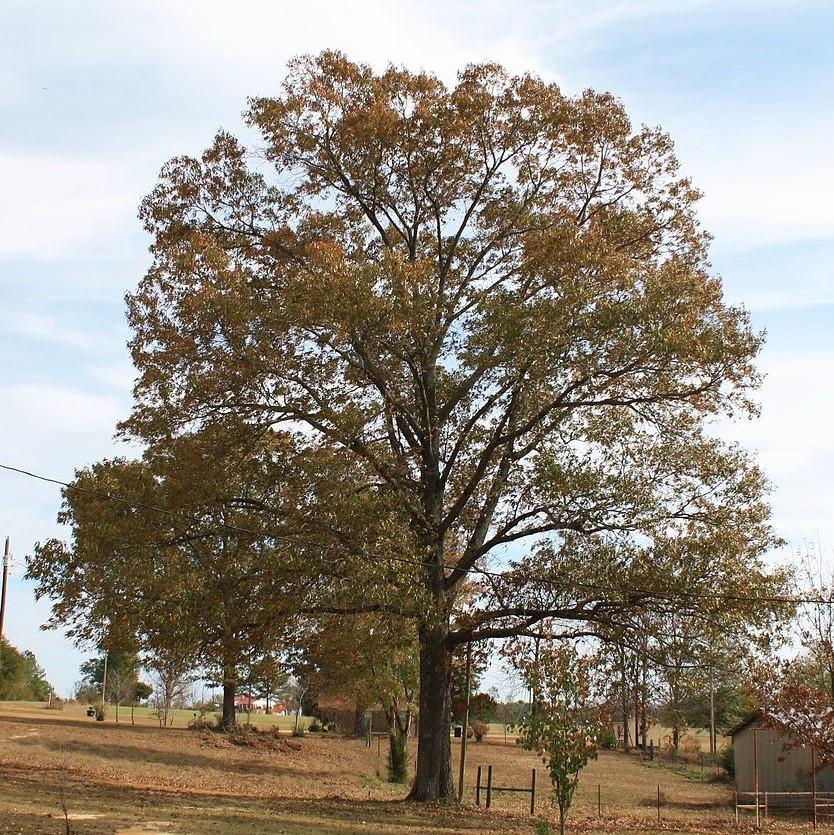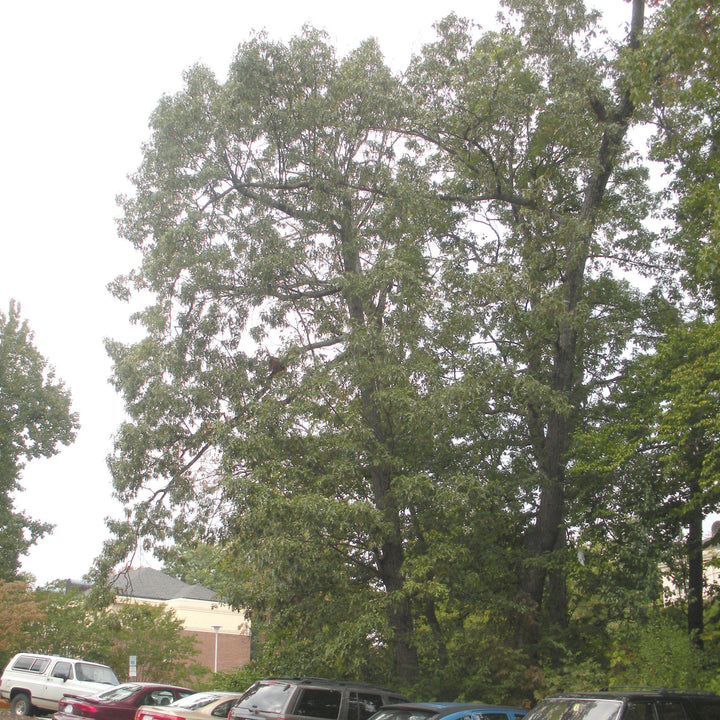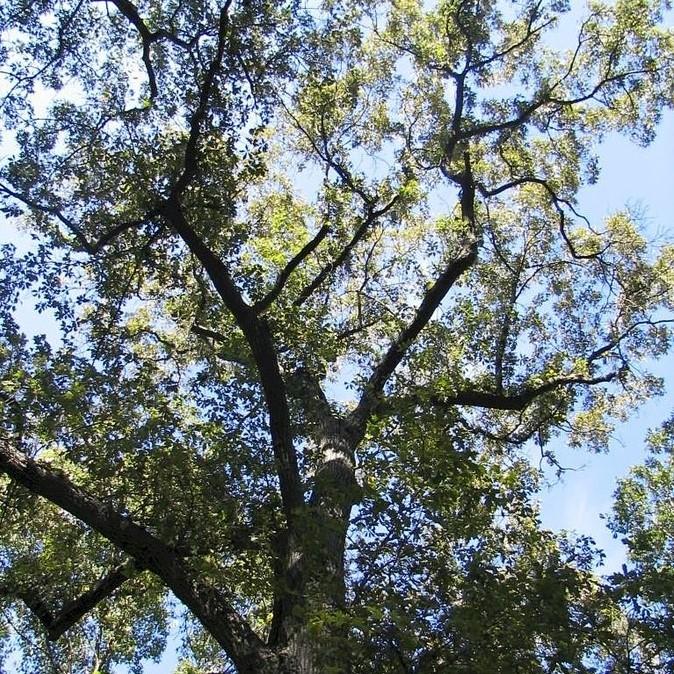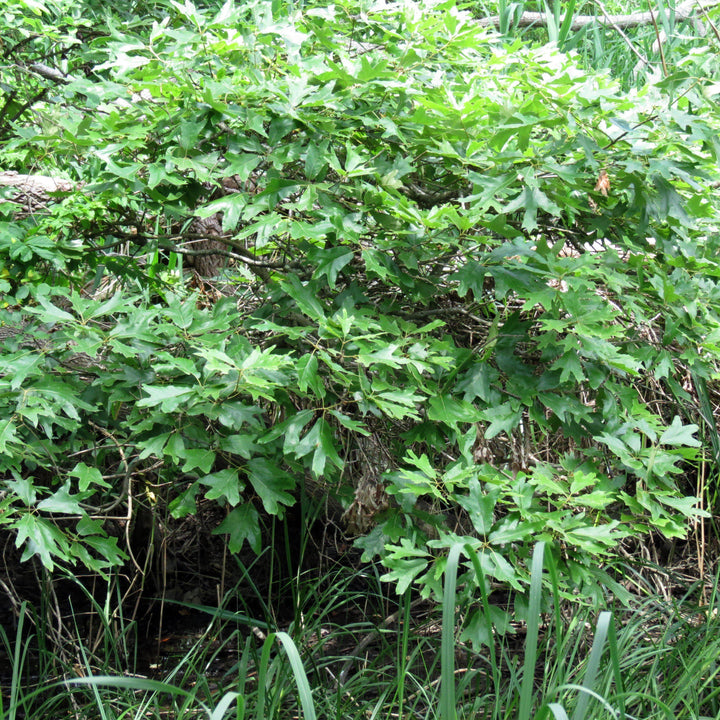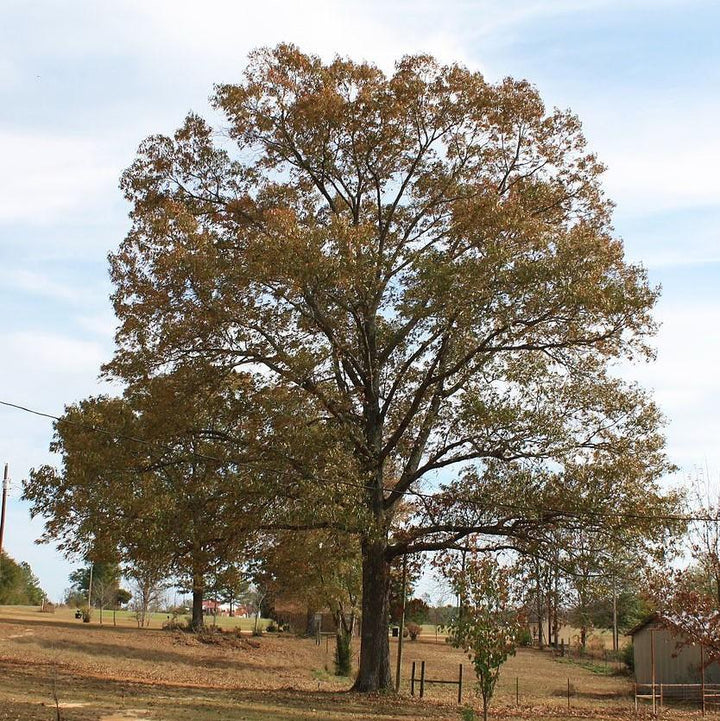Southern Red Oak is a large natives deciduous tree with a straight trunk and an open rounded crown. The dark green foliage with pale green undersides are variable on the same tree, ranging from 3-9 bristle tipped lobes and has an insignificant reddish-brown fall color but holds its leaves to late fall. The round acorns have bowl-shaped cups and take two growing seasons to mature. Best grown in full sun and humusy, rich, dry to medium well-drained acidic soils. Tolerates drought, sandy and poor soils, and brief flooding.
Quercus imbricaria supports a wide variety of moths and butterflies, including: the Imperial Moth, Banded Hairstreak, Edward's Hairstreak, Gray Hairstreak, White-M Hairstreak, Horace’s Duskywing, and the Juvenal’s Duskywing.
|
Type: |
|
|
Origins: |
Southeast N. America; GA Native |
|
Height: |
60’ - 80’ |
|
Spread: |
40’ - 60’ |
|
Spacing: |
50’ |
|
USDA Hardiness Zone: |
6 - 9 |
|
Culture: |
|
|
Bloom Color: |
Green |
|
Season of Interest: |
MAINTENANCE NEEDS: Low Maintenance. Except for oak wilt, no pests or diseases are of major concern. Caterpillars can defoliate tree, banding will help with the problem. Branches are susceptible to wind damage.
LANDSCAPE USES: Accents or Group Plantings, Borders, Woodland Gardens, Naturalized Areas, Wildlife Gardens, Privacy Screen, and Shade Tree.
COMPANION PLANTS: Crape Myrtle, Serviceberry, Magnolia
IMAGES: Photo by Bruce Kirchoff, Quercus falcata, (2) Photo by David J. Stang, Quercus falcata 8zz, CC BY-SA 4.0, (3) Phoro by Katja Schulz, Southern Red Oak, (4) Katja Schulz from Washington, D. C., USA, Southern Red Oak - Flickr - treegrow (1), CC BY 2.0, (5) Jeffrey Reed, Quercus falcata in Marengo Alabama USA, CC BY-SA 3.0
*As plants have ranges in appearance they may not appear as the images shown


